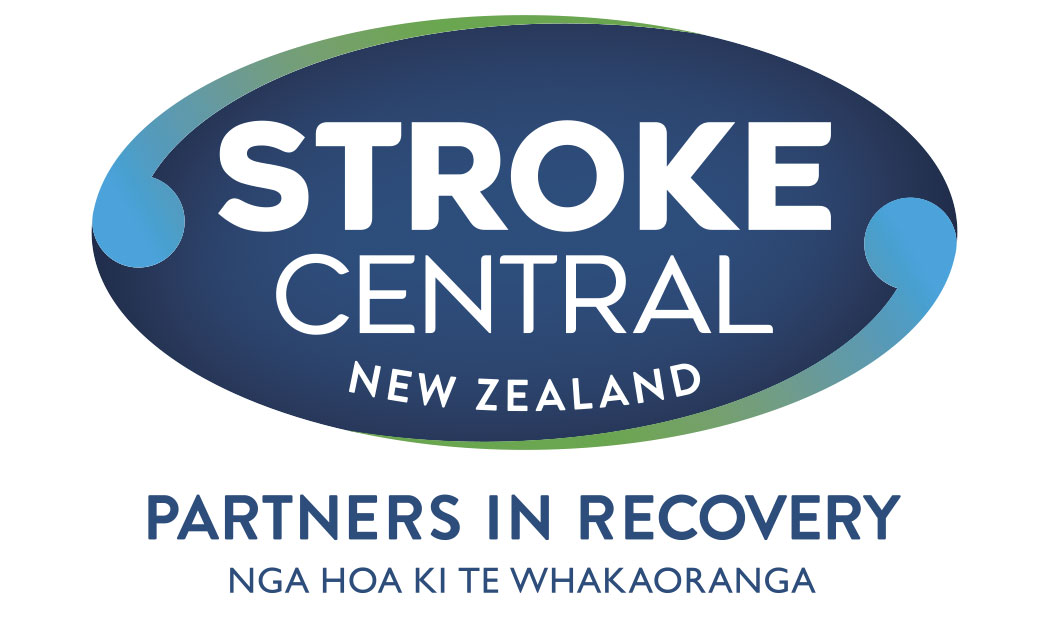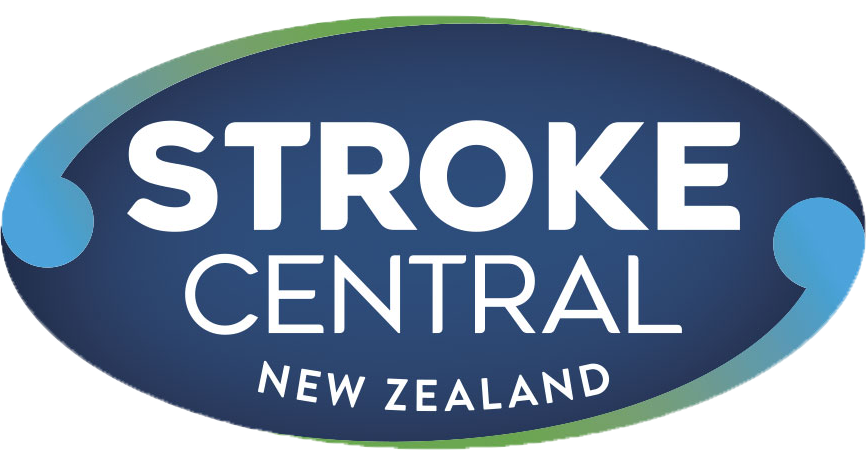Risks and Prevention
Helpful video links
Stroke Prevention:
Diet
Stroke Prevention: Cholesterol
Stroke Prevention: Diabetes
Stroke Prevention: Smoking
Stroke Prevention: Stroke
Stroke Prevention: Alcohol
Stroke Prevention: Exercise
Stroke Prevention: Weight
Stroke Prevention:
Atrial Fibrillation
Stroke Prevention:
Hypertension
What to do
Here are some simple rules to reduce stroke risk:
Get your blood pressure checked
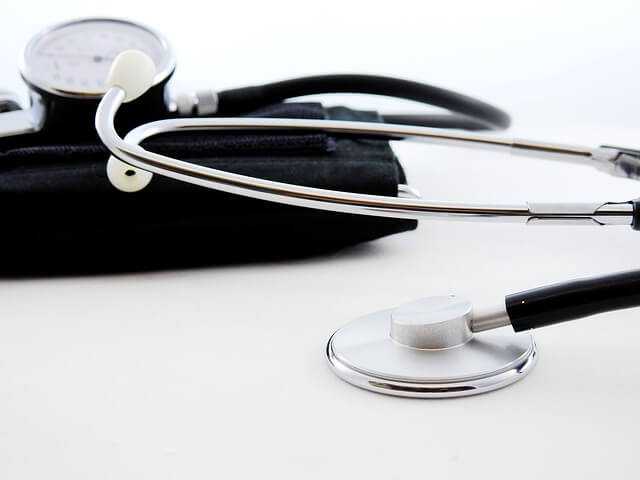
- Because it is one of the greatest stroke risk factors, failure to detect and control high blood pressure is the number one cause of avoidable strokes.
- A person with high blood pressure is up to seven times more likely to have a stroke than someone with normal or low blood pressure.
- It is important to have it checked twice a year, especially for men over 45 years and woman over 55 years – earlier if there is a family history of stroke or heart attack, or any other risk factors.
- A doctor will recommend strategies to lower your blood pressure and your risk of stroke including lifestyle changes such as losing weight, changing unhealthy eating habits, reducing your salt intake, exercising more and stopping smoking. In many cases, a doctor may also prescribe medication to lower blood pressure.
Stop smoking
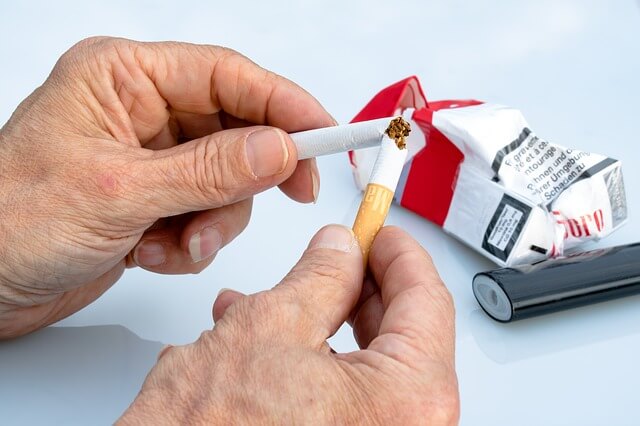
- Smoking quadruples stroke risk. Chemicals and gases in tobacco smoke speed up the process of atherosclerosis (hardening of the arteries) and make blood vessels throughout the body more likely to clot, especially inside damaged blood vessels.
- As soon as someone stops smoking, their stroke risk begins to drop and continues to improve each day. Many people find it difficult to stop smoking, but there are lots of things that can help. Talk to a GP for advice and support, or call the Smoking Quit Line on 0800 778 778.
-
NOTE: If you smoke and have high blood pressure you have 18 times more risk of stroke than someone the same age who doesn’t smoke and has normal blood pressure.
Exercise
- People who are physically inactive have greater risk of stroke than those who keep active. Being physically inactive over a long period is linked to high blood pressure, a leading cause of strokes. Include exercise in your day-to-day activities.
- As little as 30 minutes of moderate exercise a day can increase your fitness and reduce your risk of stroke. Any physical activity is good as long as it is enough to make you slightly warm and a little out of breath.
- Regular exercise will lower your blood pressure, slow your resting heart rate and reduce stress on your artery walls as well as increasing your fitness. It can halve your risk of stroke!
Limit the amount of alcohol you drink

- Studies now show that drinking up to two small drinks a day can reduce your stroke risk – but drinking any more than that increases stroke risk by as much as three times.
- A drinking binge creates as much as five times greater risk.
- Regular heavy drinking increases stroke risk, because it can raise blood pressure and increase the risk of haemorrhage in the brain.
Eat a healthy diet
- Cutting down on fats and salts should lower a person’s blood pressure and cholesterol levels. Too much fat in a diet can cause silting of the arteries (artherosclerosis), which can cause strokes. Too much salt can raise blood pressure and this also can cause strokes.
- It is best to eat a balanced diet with lots of fresh fruit and vegetables, grains and a moderate amount of lean meat or low fat protein each day. Fruit and vegetables contain antioxidant vitamins and potassium, both good for the arteries. Fibre, such as cereals and whole grain bread, also helps reduce cholesterol.
The DASH Diet
The DASH diet emphasizes portion size, eating a variety of foods and getting the right amount of nutrients. Discover how DASH can improve your health and lower your blood pressure.
DASH stands for Dietary Approaches to Stop Hypertension. The DASH diet is a lifelong approach to healthy eating that’s designed to help treat or prevent high blood pressure (hypertension). The DASH diet encourages you to reduce the sodium in your diet and eat a variety of foods rich in nutrients that help lower blood pressure, such as potassium, calcium and magnesium.
By following the DASH diet, you may be able to reduce your blood pressure by a few points in just two weeks. Over time, your systolic blood pressure could drop by eight to 14 points, which can make a significant difference in your health risks.
Because the DASH diet is a healthy way of eating, it offers health benefits besides just lowering blood pressure. The DASH diet is also in line with dietary recommendations to prevent osteoporosis, cancer, heart disease, stroke and diabetes.
The DASH diet emphasizes vegetables, fruits and low-fat dairy foods — and moderate amounts of whole grains, fish, poultry and nuts.
In addition to the standard DASH diet, there is also a lower sodium version of the diet. You can choose the version of the diet that meets your health needs:
- Standard DASH diet.You can consume up to 2,300 milligrams (mg) of sodium a day.
- Lower sodium DASH diet.You can consume up to 1,500 mg of sodium a day.
Both versions of the DASH diet aim to reduce the amount of sodium in your diet compared with what you might get in a typical American diet, which can amount to a whopping 3,400 mg of sodium a day or more.
The standard DASH diet meets the recommendation from the Dietary Guidelines for Americans to keep daily sodium intake to less than 2,300 mg a day.
The American Heart Association recommends 1,500 mg a day of sodium as an upper limit for all adults. If you aren’t sure what sodium level is right for you, talk to your doctor.
Both versions of the DASH diet include lots of whole grains, fruits, vegetables and low-fat dairy products. The DASH diet also includes some fish, poultry and legumes, and encourages a small amount of nuts and seeds a few times a week.
You can eat red meat, sweets and fats in small amounts. The DASH diet is low in saturated fat, cholesterol and total fat.
For the full DASH Diet visit Mayo Clinic Website:
Lower your cholesterol
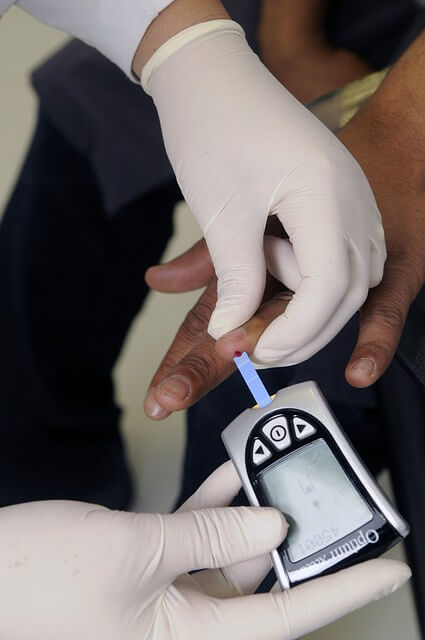
- Cholesterol is essential to all of the body’s cells and normally the body will produce all the cholesterol it requires. Consuming foods high in cholesterol and saturated fats may accelerate artheroclerosis.
- Keep on top of cholesterol levels by having a blood test and by being prepared to change eating habits. If necessary, a doctor might also prescribe a cholesterol lowering drug (called lipid-lowering agents, usually a ‘satin’)
Find out if you have Atrial fibrillation
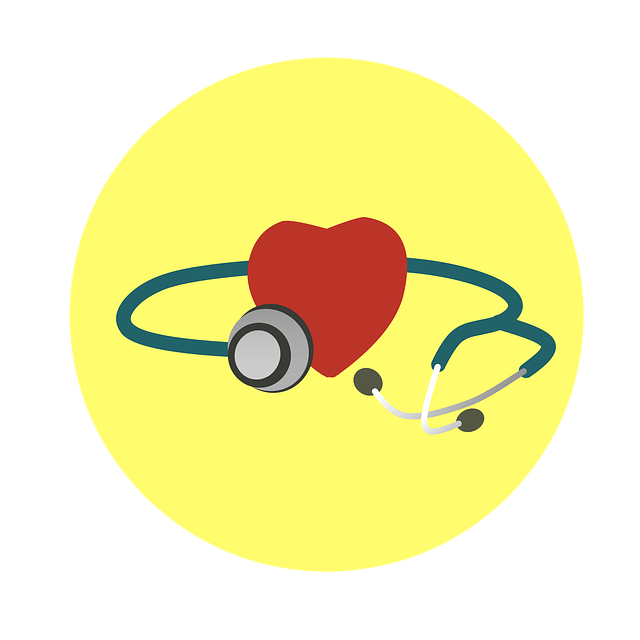
- Atrial fibrillation is a type of irregular heartbeat. People with this condition have a five times greater risk of stroke because the irregular heartbeat may lead to blood clots forming in the heart. These can then break off and travel through the blood vessels to the brain where they may cut off blood supply, causing a stroke.
- If someone suspects they have atrial fibrillation, it is important to see a doctor. The doctor might prescribe tablets to make the blood less sticky and less likely to form clots (warfarin) and make the heartbeat more regular.
Control your weight
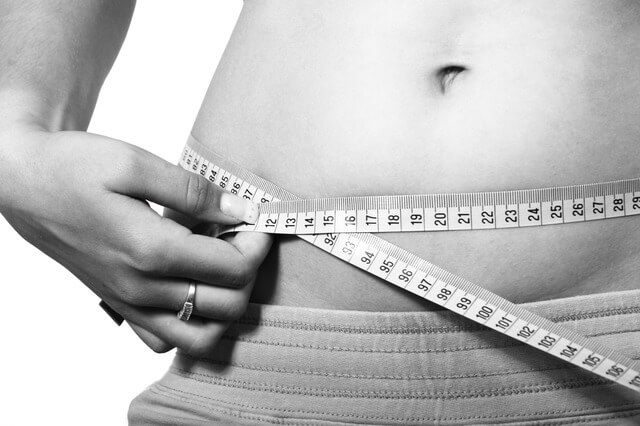
- Being overweight strains the entire circulatory system and creates higher cholesterol levels, high blood pressure and diabetes – all of which increase stroke risk.
Medicines
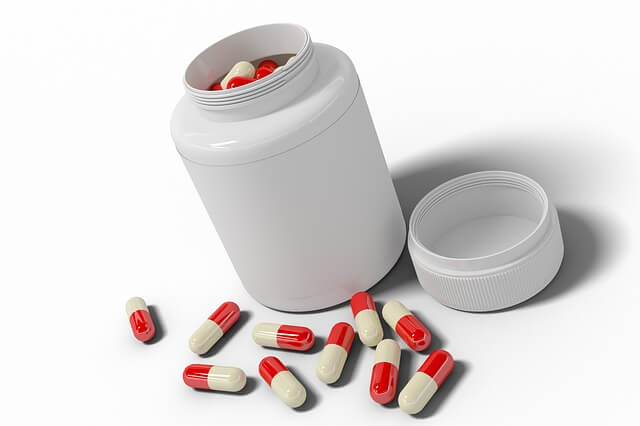
- A doctor might use a combination of medicines to reduce someone’s future stroke risk. If you would like more information about your medicines, ask your doctor or pharmacist. These medicines may include:
* Aspirin
* Dipyridamole
* Blood pressure lowering drugs
* Cholesterol lowering drugs
* Warfarin (a blood thinner) - Other medicines are sometimes used and a doctor will explain the need for these.
Operations

- Some people may benefit from an operation if they have a severe narrowing of the blood vessels in the neck (carotid stenosis).
- From ‘Understanding and Preventing Stroke and Transient Ischaemic Attack’ – Published by The Stroke Foundation of New Zealand Inc.
- For more information about understanding stroke, please see the national website here.
Donate online
You can choose which area of the Central Region your donation is used in order to support services delivered in your local area.
When making a donation online, you will be put through to the system of our payment partner Book-In. The pages have a different look than this website, but you can be assured that your payment will be processed promptly and securely. Book-In will also appear on your credit card statement.
Thank you so very much for your support. It really makes all the difference.
Donate!
Donations made to Stroke Central New Zealand will be used locally, to support the stroke community in the central region.
